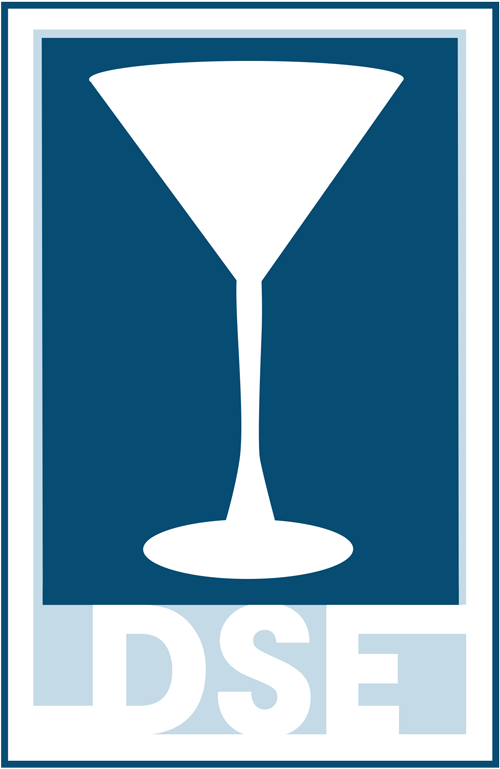NC: N.C. maps alcohol impact on counties
By Dashiell Coleman
April 25, 2019
Excessive drinking costs Gaston County more than $150 million a year, according to state health officials.
The North Carolina Department of Health and Human Services rolled out a data dashboard called Alcohol & the Public’s Health earlier this month that provides detailed information on the impact of booze consumption on a county-by-county basis.
Apparently, April is Alcohol Awareness Month in North Carolina. Gov. Roy Cooper issued a proclamation to that effect earlier this month, citing among other things that excessive drinking is the third leading cause of preventable death in the state. “Alcohol kills more children than all illegal drugs combined,” Cooper said in his proclamation.
Here are a few key takeaways from the report as well as some general information.
Overall, we drink less
Americans in general have been drinking less in the last few years. That’s especially true in North Carolina, which ranks 44 out of the 50 states in terms of alcohol consumption. South Carolina ranks 27th. According to the state data, 50% of adults in North Carolina reported having at least one drink in the past month. Twenty-seven percent of high school students reported having at least one drink in the past 30 days in 2017.
But we binge more
On the flip side, excessive drinking actually increased from 2012-17, the latest figure provided by the state.
The state reports that N.C. has a lower rate of excessive drinking than the national average, but that 30% of adults reported binge drinking in 2017 and 11% reported heavy drinking within 30 days.
The Centers for Disease Control and Prevention defines excessive drinking as binge drinking, heavy drinking, or any drinking by pregnant women, and people younger than 21. In terms of binge drinking, that means four or more drinks in a two-hour period for women and five or more for men. Heavy drinking, meanwhile, means eight or more drinks per week for women and 15 or more for men.
Health consequences
Bingeing on booze can have immediate consequences like fatal wrecks and alcohol poisoning, and heavy drinking is associated with more long-term consequences like cirrhosis. The top five alcohol-related injuries in North Carolina, according to the dashboard, are wrecks, homicide, poisoning, suicide and falling. In Gaston County, there were 143 fatal wrecks from 2013-17 — about 31 of them involved alcohol. During the same time frame, there were about 83 alcohol-related suicides. There were also 12 unintentional poisoning deaths here in that same period related to mixing alcohol with other drugs. Statewide, there were 3,966 alcohol-related deaths in 2017. The state estimates there are 1,700 “preventable deaths” a year related to short-term alcohol use like binge drinking. Statewide, there were 33,072 emergency room visits due to acute alcohol intoxication in 2017. In Gaston County, there were 716. Apparently, North Carolina residents aged 20-34 experience the highest loss of life from excessive alcohol use. Eighty-four percent of deaths due to long-term alcohol use, however, are in people 50 and older.
Availability
The state says that — as might be imagined — communities with fewer alcohol retailers experience less excessive drinking. In 2016, the latest year for which the state provided data, North Carolina had 17,782 alcohol outlets. Gaston had 281, including 101 that allow drinking on site. For comparison with our neighbors, Cleveland County had 134 places to buy alcohol, Lincoln County had 98 and Mecklenburg County had 2,031. With the exception of tiny High Shoals, every municipality in Gaston County allows some degree of alcohol sales. Last year, voters here approved alcohol sales in the unincorporated area of the county.
Alcohol is big business
According to the state dashboard, even though North Carolina is 44th in consumption by state it’s seventh in revenue per gallon. State-controlled ABC sales of liquor generate over $1 billion a year. According to the Brewers Association, North Carolina has more than 250 breweries — the eighth most in the country — generating $2 billion in economic impact. Gaston County has four of those breweries, and a fifth is on the way. The state had 220 wineries as of last year, according to the American Association of Wine Economists. And distilleries are a growing business in the state, too, and there’s at least one in Gaston.
Community cost
The state says excessive alcohol consumption costs North Carolina more than $7 billion a year. Most of that comes from lost productivity from early death, lowered productivity at work and home, not showing up to work, crime and fetal alcohol syndrome. About 11% of the expenses are related to health care, 10% to criminal justice costs and 5% are related to wrecks. According to the state, the community cost in Gaston is $152 million, $72 million in Cleveland, $58 million in Lincoln and $678 million in Mecklenburg.
